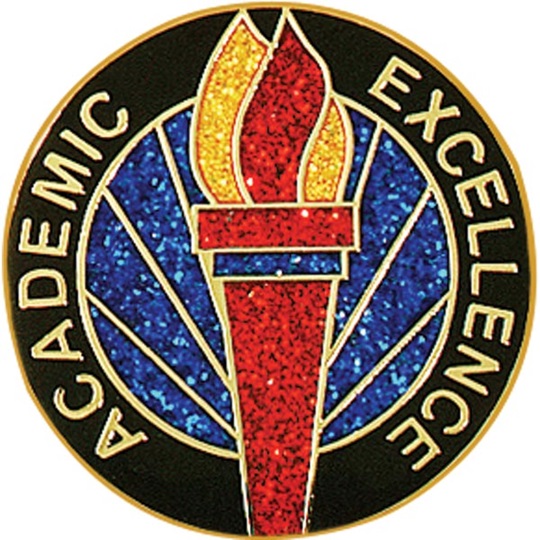In the course of the discussions over the new K-5 Writing curriculum, a concerning trend has been noted about the Troy School District’s (TSD) latest 3rd grade M-STEP scores. While many have noted the general post-pandemic decline in proficiency, a closer look at the data reveals a significant and growing disparity for one of the district’s most vulnerable student populations: English Language Learners (ELLs). This trend highlights the unique challenges these students face and serves as a critical call to action for targeted support.
First, it is crucial to understand that TSD serves a larger percentage of ELL students than most districts in Michigan. In the 2024-25 school year, approximately 25% of TSD 3rd graders were ELLs, compared to the state average of just 9%. This demographic context makes the district’s post-pandemic academic recovery, particularly for these students, a critical issue.
Before the pandemic, in the 2018-19 school year, TSD’s ELL 3rd graders achieved a respectable 63.2% proficiency rate in English Language Arts (ELA). While this was below the 77.7% rate for their non-ELL peers, the 14.5 percentage point achievement gap was only slightly larger than the statewide gap of 13.1 points that year.
However, the academic landscape shifted dramatically after the pandemic. In the 2021-22 school year—the first time all students were tested after the shutdowns—the proficiency rate for TSD’s ELL 3rd graders plummeted by 15.5 points to 47.7%. In stark contrast, the rate for non-ELL students saw a minimal dip of just 1.1 points, landing at 76.6%. This created a staggering 28.9 point achievement gap, nearly doubling from its pre-pandemic level. For context, the statewide gap between ELL and non-ELL students grew only slightly over the same period, from 13.1 to 16.6 percentage points.
The most recent data from 2023-24 shows this gap is narrowing, but for the wrong reason: proficiency for non-ELL students has been steadily declining since 2021-22. While the rate for ELL students has stagnated at 45.7%, the rate for their non-ELL peers has fallen to 69.7%. This is obviously not a recovery; it is a sign of a broader problem with our curriculum, with our ELL students remaining among the most affected.
The reasons for this disproportionate impact are complex. The shift to remote and hybrid learning presented immense hurdles for students who depend on immersive, in-person instruction to develop language skills. The incidental language exposure from daily interactions in classrooms and hallways—a vital component of language acquisition—was largely lost. Furthermore, many ELL students come from households where English is not the primary language, which can limit academic support at home, especially for families navigating the economic and social stressors exacerbated by the pandemic.
To be clear, these challenges are not unique to Troy; they reflect a national trend. Educational experts have consistently pointed to the pandemic’s profound and lasting impact on English learners, who require specialized and intensive support to succeed.
As TSD moves forward, a dedicated and strategic approach is essential. This must include:
- Investing in Targeted Interventions: Provide intensive, small-group and one-on-one tutoring with educators fully trained in English language development (ELD).
- Enhancing Professional Development: Equip all teachers with the skills and strategies to effectively support ELLs within their mainstream classrooms.
- Building Stronger Family Partnerships: Strengthen engagement with the families of ELL students to provide resources and support that extend beyond the school day.
- Expanding Learning Opportunities: Offer enriched summer and after-school programs focused on both language acquisition and core academic content.
The declining M-STEP scores among TSD’s 3rd grade ELL students send an urgent signal. They represent not a failure of the students or their families, but a systemic challenge magnified by a global crisis. We call upon the Troy School District to expand its programming to meet this challenge head-on. While TSD is not responsible for the cause of this crisis, it has a critical opportunity to deliver the much-needed solution. By expanding enhanced, targeted support for its youngest ELL students, the district can close this unacceptable achievement gap and, by doing so, help restore academic excellence for the entire community in the form of higher 3rd grade reading scores.
